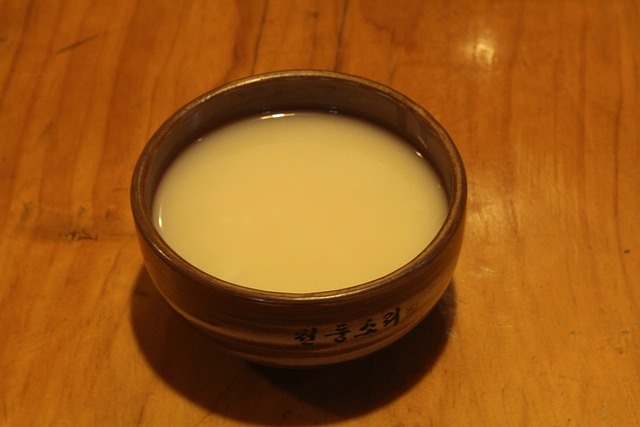Japanese sake exports to the USA have grown continually and now an increasing number of sake breweries are popping up in the United States but face the daunting challenge of hooking American drinkers on the flavorful rice wine. Japan’s Asahi Shuzo Co., which is famous for its Dassai line, built a large brewery in a suburb of New York state this past spring. In urban areas, such operators as Brooklyn Kura in New York City are brewing sake as well. Sake brewers have likewise been expanding facilities for increasing their output in a succession of cases.
According to the Sake Brewers Association of North America (SBANA), the number of sake makers, excluding Japanese-affiliated ones, have risen to some 25 in North America. Those with craft beer brewing experience have reportedly started sake production as well.
The tipple’s exports to the United States from Japan is alike on the rise. Data from Japan’s National Tax Agency shows sake’s export value reached 10.9 billion yen ($75 million) in 2022, more than triple that of a decade ago. “A growing number of brewers are engaging in sake manufacturing, contributing to the gradual increase in consumption, too,” said Hiroshi Sakurai, chairman of Asahi Shuzo. Sakurai said he saw firsthand some positive response in North America but added that is not enough. “Sake has yet to be recognized as a common beverage there,” he said.
Bottles from rice wine breweries both in and outside the United States are estimated to account for a paltry 0.2 percent of the total alcoholic drink market in the country. Sake is primarily available in Japanese-style restaurants and other Asian eateries. Few liquor shops deal in the Japan-derived beverage in the United States, while they can more easily be found in states with large Asian populations including New York and California.
In the hopes of making the attraction of sake more widely understood, a host of events are taking place across North America. A tasting session was organized in late June by Japan Society, a Japan-U.S. exchange center headquartered in New York. A total of 230 people could sample bottles brewed by 12 makers from Japan and the United States. The over 20-year-old event reportedly sees the number of non-Japanese visitors rising year by year. The ratio of such individuals came to 90 percent in the latest round. “I can see that people’s awareness of Japanese sake has been improved by the recent introduction of numerous local breweries,” said Haruo Matsuzaki, chairman of the Sake Export Association, which co-hosted the fair.
Also indispensable to render sake even more popular in North America are “sales efforts” to encourage restaurant operators to serve rice wine. Most breweries rely on regional wholesale agents to pitch their offerings. But for major wholesalers in the United States, sake is merely one of various alcoholic products, such as wine, beer and whiskey. “They are distributing all kinds of other competitive drinks… so sake–whether imported and locally brewed and no matter how flavorful they are–gets lost in that portfolio,” said Weston Konishi, president of the SBANA. “Personnel are essential who are able to explain the appeal of Japanese sake to eatery operators.” Activities have been launched to introduce sake to owners, sommeliers and other professionals in the restaurant industry in the hopes of stimulating demand.
Matt Bell, who recently started a company called Origami Sake in the southern state of Arkansas, said the situation is beginning to change following the successive openings of local breweries. “Consumers’ growing interest in sake will lead restaurant operators to become interested,” he said, expressing his high expectations. “This, in turn, will lead consumers to take a further interest, creating a cycle of interest.” If Bell’s prediction is correct, sake being served at French and Mexican restaurants and other diners across North America may not be too far off in the future.
Kindly reproduced from: https://www.asahi.com/ajw/articles/14951418
 Previous ArticleNext Article
Previous ArticleNext Article
- Categories:
- Share :
 Previous ArticleNext Article
Previous ArticleNext Article